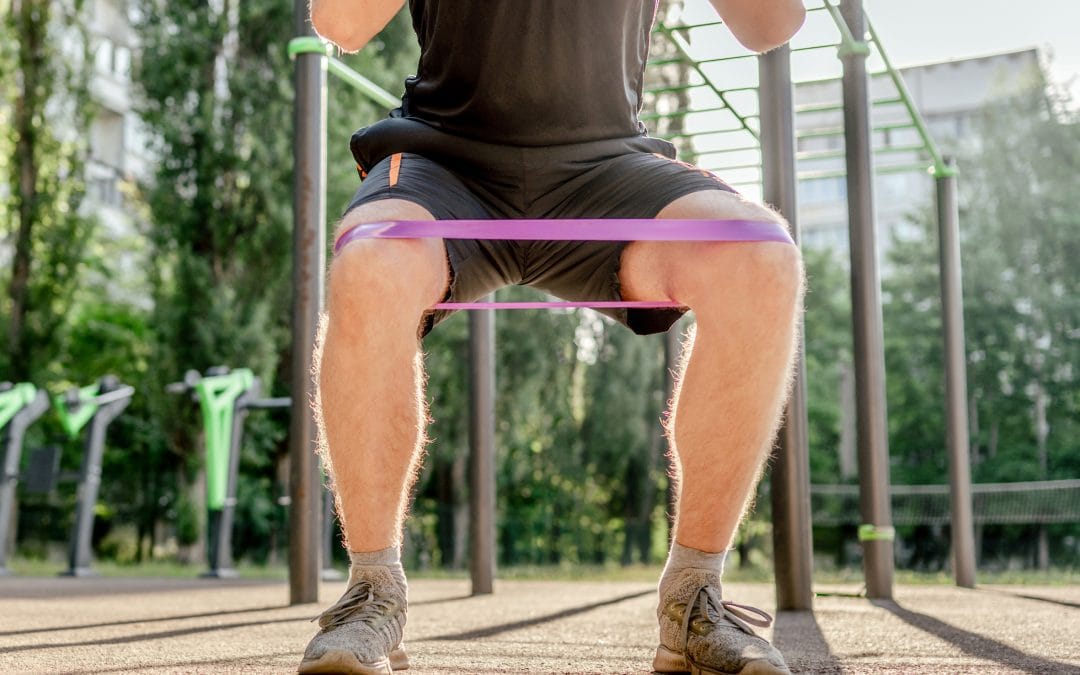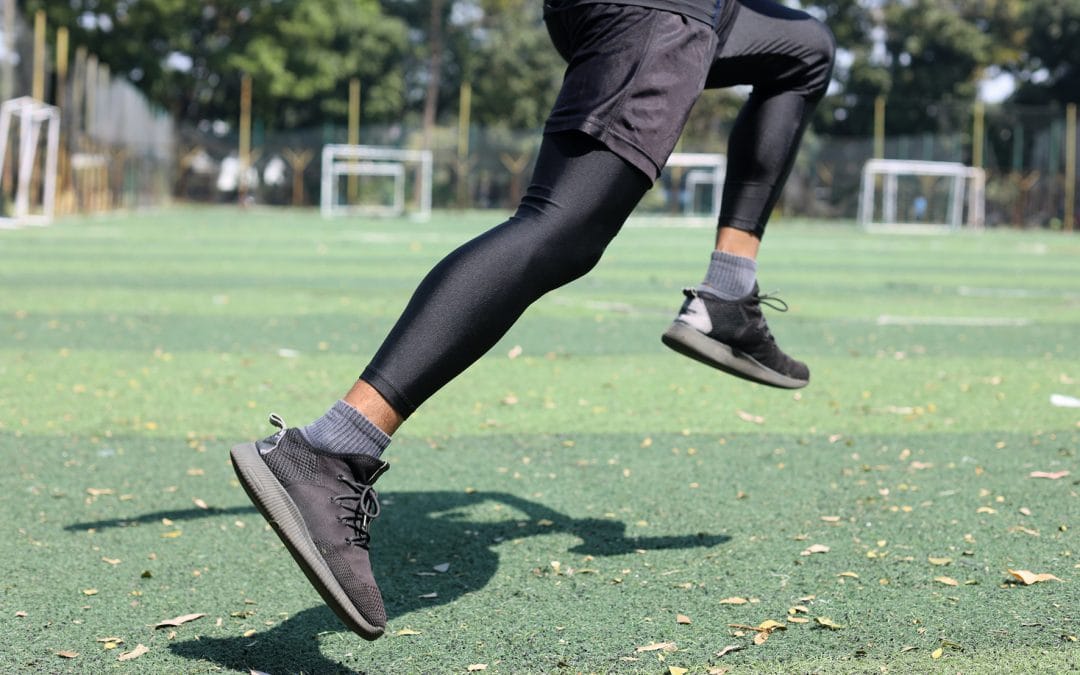Platelet Rich Plasma (PRP) – What it is and how it works
In the field of regenerative medicine, Platelet-Rich Plasma (PRP) has begun to cause waves as a new groundbreaking treatment. In this blog, we’ll explore this innovative therapy, its background and the conditions for which it is promising breakthroughs away from the traditional treatments.
![]()
WHAT IS PLATELET-RICH PLASMA (PRP)?
Plasma is the liquid part of the blood containing mostly water and proteins whilst platelets are blood cells which help the blood clot and the body heal wounds. PRP harnesses proteins called growth factors which are essential in the healing process.
PRP is obtained by extracting a small sample of a patient’s blood, separating the platelets from the rest of the blood cells and then reinjecting the concentrated platelets back into the patient’s injury site.
HOW DOES PRP WORK?
PRP is injected into damaged tissues, where growth factors are released stimulating reparative cells to promote healing and restore function of inflamed joints. This process utilises the body’s natural healing process without compromising the joint’s integrity.




The Different Applications of PRP
WE PROVIDE ADVANCED DIAGNOSTIC ASSESSMENTS AND A WIDE RANGE OF ULTRASOUND GUIDED INJECTION PROCEDURES TO TREAT JOINT PAIN AND SPORTS INJURIES.























